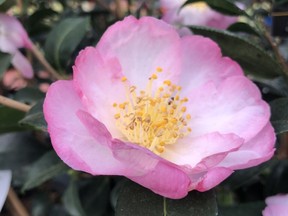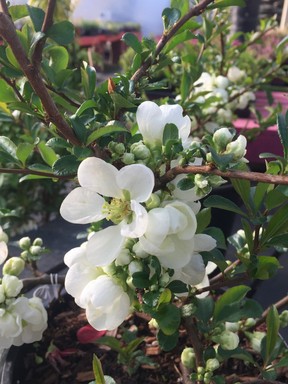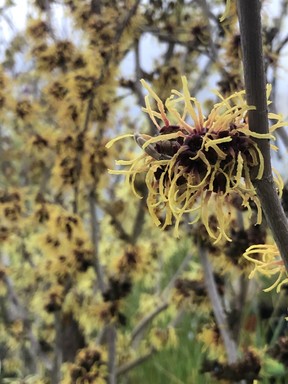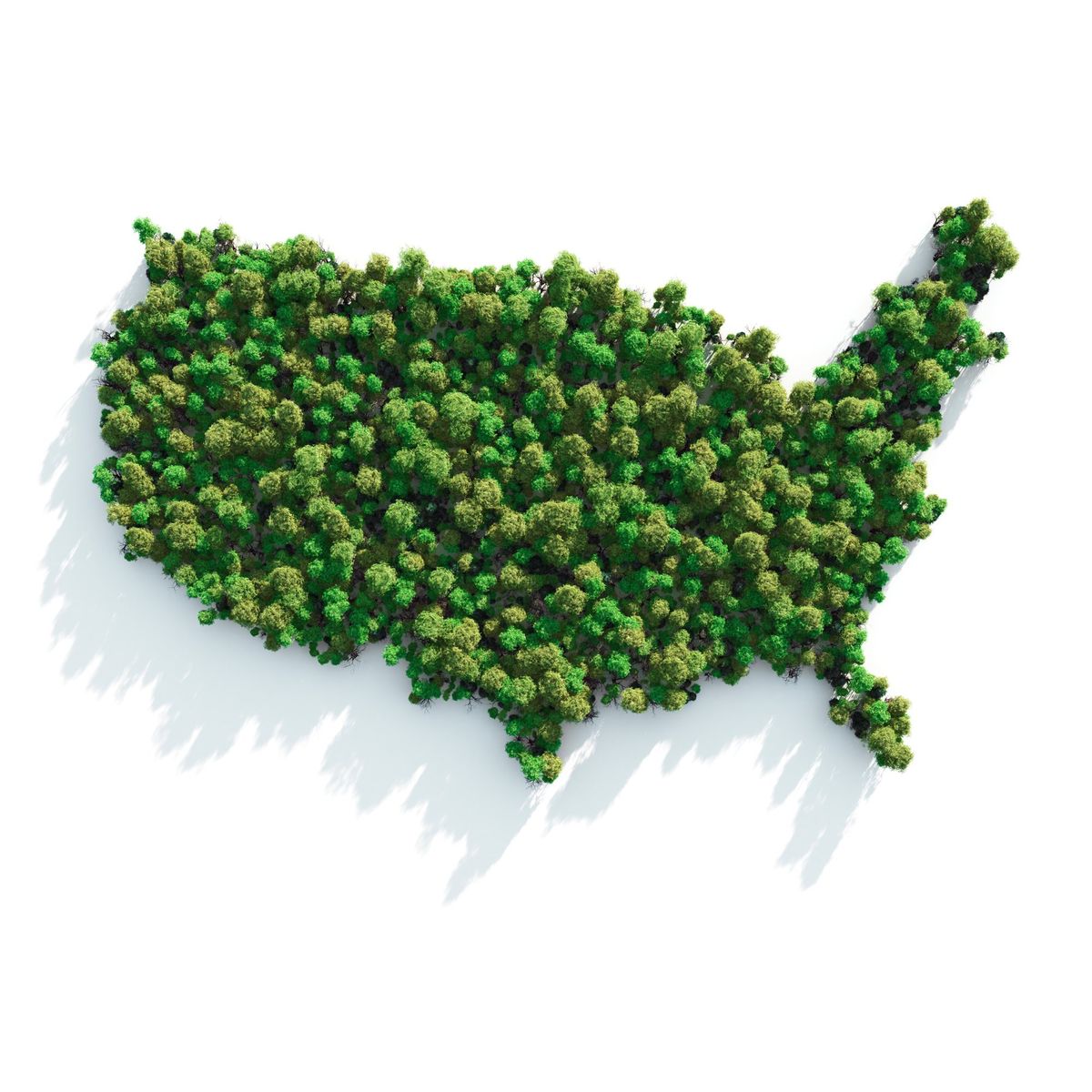Opinion: Think about next year and how to be more creative by planting interesting combinations, incorporating berried varieties for example.

Reviews and recommendations are unbiased and products are independently selected. Postmedia may earn an affiliate commission from purchases made through links on this page.
Article content
At a recent horticulture conference, Katie Dubow of the Garden Media Group spoke about the seven trends that her company has tracked during the past year and which ones she thought would play out in 2023. She recognized two major forces that have come to light in a world dominated by uncertainty.
Advertisement 2
Article content
One is self-intention, and the other is personal empowerment.
Article content
Dubow said, that while we can’t control external factors, we can control what we do, what we buy and what our values are, and we can choose products that align with those values.
Dubow branded one of the key trends as the ‘Tesla effect’ — Tesla being synonymous with innovation. According to Dubow, the landscape and gardening industry is making great strides in electric and battery-powered technology. She said garden equipment is becoming ‘greener’ faster than the products of many other industries.
Innovation is also the key to improving the look and feel of our own gardens. Young, Millennial Generation gardeners are driving technology and innovation. They’re using smart devices and apps to keep themselves up-to-date and well-informed on what is new, unique and trending.
Advertisement 3
Article content

When I attend major horticulture trade shows in Europe, I always recognize and appreciate how innovative Europeans are and, in contrast, how far behind we are in simple, yet creative, gardening. We need to be much more inventive, particularly when gardening in smaller spaces.
The art of combinations is one significant way of being more innovative. For example, for some time now heather-growers in Europe have been growing two or three different varieties in the same container, and the effect is quite impressive. Combining red, pink and white heathers in one pot makes a lot of sense, especially for planting in limited space gardens. It elevates the ordinary to the extraordinary, especially when other colourful plants are added to the mix. Containers have proven to be an ideal home for imaginative plant combinations, but we need to be incorporating those same groupings in garden beds as well.
Advertisement 4
Article content
Shrub dogwoods, with their bright winter stems, provide some of the most vibrant colours in a cold, grey landscape. In addition to the many varieties of red and yellow twig dogwoods, we now have new bicoloured varieties with yellow and orange stems, such as Cornus Arctic Sun and C. Midwinter Fire.
There are also many varieties that have variegated foliage. By combining these unique varieties, their winter effect can be stunning. If growers aren’t providing these combinations, we can certainly blend them together ourselves for some amazing effects in our gardens and patio pots.
We can get quite artistic with winter berries as well. A mix of winter-berried plants will create magic, both in our gardens and as bouquets in our homes. They offer so many possibilities to be creative. Pyracantha is a prime example. By combining yellow or golden berried pyracanthas with orange- or red-berried varieties, we can produce a stunning winter display, especially if they are trained and espaliered against a fence or wall.
Advertisement 5
Article content

Some of the hottest berried plants right now are the new cultivars of snowberries (Symphoricarpos). The bright pink berries of S. Proud Berry, combined with a similar-sized white variety, will generate quite a long-lasting punch of unique colour in a winter garden.
Another missed opportunity is the use of trellises and fencing, especially in smaller space gardens. It makes me crazy when I see a beautiful, winter-flowering jasmine (Jasminum nudiflorum) simply planted as a messy clump. In Europe, they’re trained along fences or trellises for the most stunning winter displays, which can last for months. The same is true for late winter-flowering quince (Chaenomeles). When espaliered against a fence, wall or trellis, their massive show of vibrant red, pink, orange or white flowers, as well as their large, apple-like fruits, can make quite a statement.
Advertisement 6
Article content
Winter-flowering camellias, with their shiny green leaves, are another serious miss in our gardens. As a rule of thumb, Camellia sasanquas are quite fast-growing and have somewhat pendulous branches. By training them on a trellis, they will look great year-round, and their long flowering sequence can mean continuous blooms from late October well into March.
So many other winter flowers can be featured in unique ways. The umbrella form of weeping pussy willows (Salix Pendula), with their arching branches covered in silver catkins, looks stunning at night when lit from underneath by a LED spotlight.
Strategically placed fragrance plants, situated in key locations around our homes, are something we will appreciate far more than we initially realize. Male skimmias, Himalayan sweet box (Sarcococca), Viburnum Pink Dawn and Chinese witch hazel, when located near our kitchen or bedroom windows and at the entrances to our homes, will provide a delightful drift of scent from late winter into spring. This is a great way to connect with the plants in our gardens.
As you do your fall and winter planting, think about next year and how to be more creative by planting interesting combinations, incorporating berried varieties, and using trellising and fencing to vertically showcase your special plants. Don’t be afraid to be more innovative in your garden. Doing so will greatly enhance your gardening experience.











